Substrate Technology

Discover more detailed and exciting information on our website. Click the link below to start your adventure: Visit Best Website mr.cleine.com. Don't miss out!
Table of Contents
Decoding Substrate Technology: The Foundation of Next-Gen Blockchain Development
Substrate, a framework developed by Parity Technologies, is revolutionizing the way developers build and deploy blockchain networks. It's not just another blockchain; it's the toolkit enabling the creation of highly customized and interoperable blockchains, paving the way for a decentralized future beyond Bitcoin and Ethereum. This article delves deep into Substrate's core components, its advantages, and its implications for the blockchain ecosystem.
What is Substrate?
At its heart, Substrate is a modular framework written in Rust. This means it provides a collection of pre-built components and tools that developers can combine and customize to create their own unique blockchain architectures. Think of it as a Lego set for blockchain development, where developers can choose the "bricks" they need – consensus mechanisms, runtime logic, storage mechanisms – to build their desired blockchain.
Key Components of Substrate:
-
Runtime: This is the heart of the blockchain, defining its specific logic and functionality. Developers write the runtime in Rust, utilizing Substrate's built-in libraries and tools to define how transactions are processed, data is stored, and the overall behavior of the blockchain.
-
Consensus Engine: This component determines how the network reaches agreement on the valid state of the blockchain. Substrate supports various consensus algorithms, including Proof-of-Stake (PoS), Proof-of-Authority (PoA), and others, offering flexibility depending on the desired security and performance characteristics.
-
Network Layer: This handles communication and peer-to-peer interactions between nodes in the blockchain network. Substrate utilizes the libp2p library for efficient and robust networking.
-
Storage Layer: This component manages the persistent storage of blockchain data. Substrate provides abstractions that simplify interaction with databases.
-
API: Substrate provides a well-defined API for interaction with the blockchain, making it easy to build dApps and integrate with other systems.
Advantages of Using Substrate:
-
Rapid Prototyping: The modular design enables developers to quickly build and deploy blockchain prototypes, significantly reducing development time and costs.
-
Customization: Developers have extensive control over the blockchain's functionality, allowing them to tailor it to specific use cases and requirements.
-
Interoperability: Substrate allows for cross-chain communication through its built-in mechanisms, enabling interoperability between different Substrate-based blockchains.
-
Security: The use of Rust, a memory-safe language, enhances the security of the resulting blockchains.
-
Scalability: Substrate's architecture is designed to be scalable, allowing for efficient handling of large transaction volumes.
-
Community Support: The vibrant Substrate community provides ample support and resources for developers.
Use Cases and Examples:
Substrate's versatility opens doors to a vast array of applications:
- Supply Chain Management: Track goods throughout the supply chain, ensuring transparency and security.
- Decentralized Finance (DeFi): Create new DeFi applications with custom functionality and enhanced security.
- Decentralized Autonomous Organizations (DAOs): Build DAOs with customized governance mechanisms and workflows.
- Internet of Things (IoT): Securely connect and manage IoT devices on a blockchain.
The Future of Substrate:
As the adoption of blockchain technology continues to grow, Substrate's role as a foundational framework is expected to become even more significant. Its ability to empower developers to create specialized and interconnected blockchains will undoubtedly drive innovation in various industries, ultimately shaping the future of decentralized applications and networks.
Conclusion:
Substrate is more than just a framework; it's a catalyst for blockchain innovation. By providing a robust, customizable, and secure platform for blockchain development, it empowers developers to create the next generation of decentralized applications and networks, pushing the boundaries of what's possible in the ever-evolving world of blockchain technology. Its ease of use, combined with its power and flexibility, positions it as a key player in shaping the future of decentralized systems.

Thank you for visiting our website wich cover about Substrate Technology. We hope the information provided has been useful to you. Feel free to contact us if you have any questions or need further assistance. See you next time and dont miss to bookmark.
Featured Posts
-
Joshua Zirkzee Man Utd Newcastle
Dec 31, 2024
-
Lavin Wilmingtons Special Bond
Dec 31, 2024
-
Kenilworth Science And Technology
Dec 31, 2024
-
In Position Technologies
Dec 31, 2024
-
Capital Prato Cheio Com Almoco Especial
Dec 31, 2024
